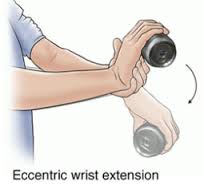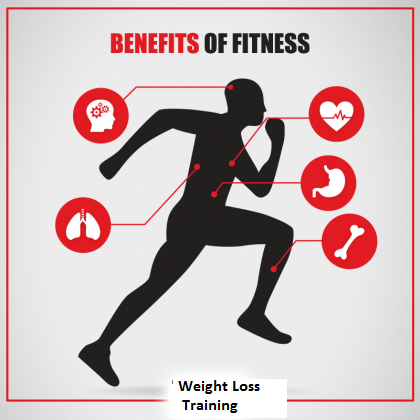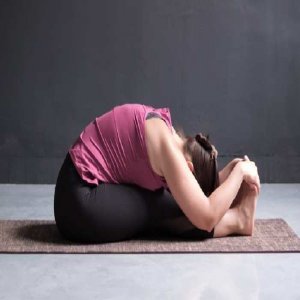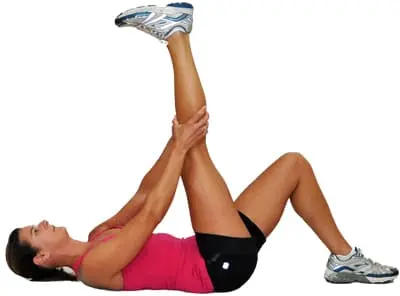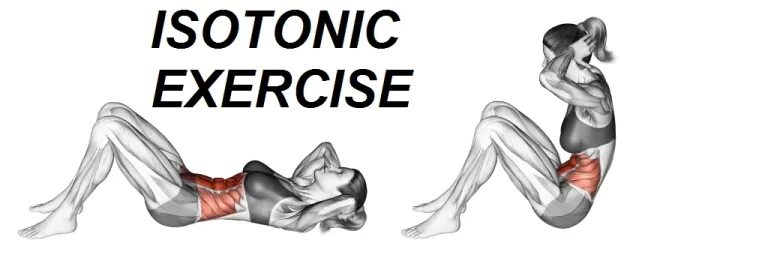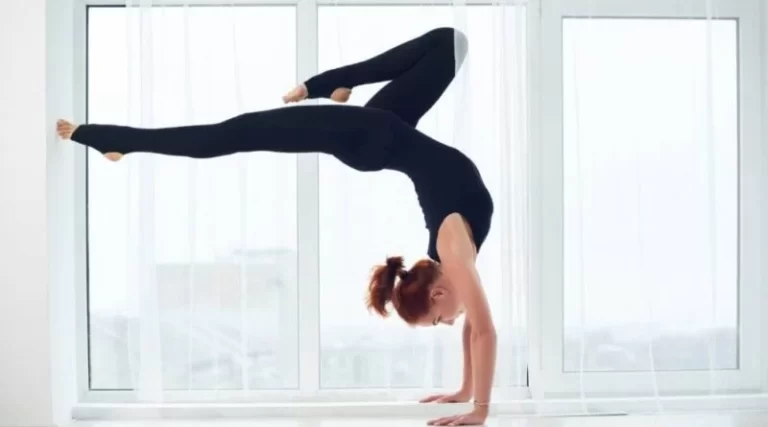Exercise for wrist Pain
Why exercise is important for wrist pain?
Exercise for your wrist pain can help to build strength and increase flexibility. It also improves the range of motion and gives pain relief. It is also helpful for improving blood flow surrounding the wrist joint, muscles, and ligament.
What is wrist pain?
Wrist pain is mostly caused by fractures or sprains from sudden injuries. wrist pain can also occur from long-term conditions, like arthritis, repetitive stress, and carpal tunnel syndrome.
Symptoms of Wrist Pain:
- Wrist pain may vary, depending on the cause. osteoarthritis pain is often described as similar to a dull toothache, while carpal tunnel syndrome causes a pins-and-needles feeling or a tingling sensation, especially at night.
- The perfect location for your wrist pain also gives information on what’s behind your symptoms.
- Damage to any of the parts of your wrist can lead to pain and affect your ability to use your wrist and hand.
- Wrist pain is inconvenient and annoying, which makes difficult your work or daily tasks, such as working on a computer or cooking.
- Muscle spasm
- Swelling on fingers.
- Difficulty making a fist or gripping objects.
- Numbness or tingling sensation in the hands & gets worse at night.
- sudden, sharp pain in the hand.
- swelling or redness around the wrist.
- warmth in a wrist joint.
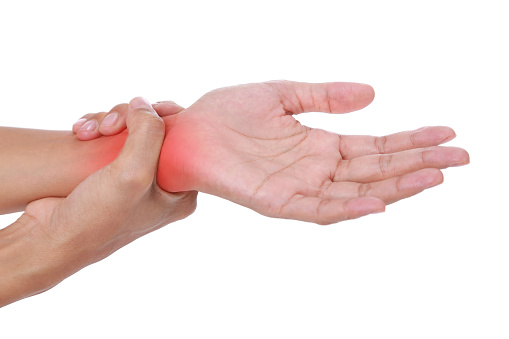
Causes of wrist pain:
- Fractures.
- Repetitive stress.
- De Quervain’s disease is a repetitive stress injury that leads to pain at the base of the thumb.
- Osteoarthritis.
- Rheumatoid arthritis.
- Carpal tunnel syndrome
- Ganglion cysts
- Sudden impacts
Health benefits of wrist exercise:
- Increase the circulation of synovial fluid (lubricates and helps cushion the joints to keep them moving freely)
- Helps to improve blood flow to your hands, and provides warmth to the muscles and ligaments around the wrist.
- Helps to Increase the oxygen supply and nutrients that move through the joint membranes decreases the process of necrosis and removes necrotic cell debris from the wrist and hand.
- Provides good flexibility.
- Improve the range of motion.
- Decrease the risk of injury by lengthening the muscles.
- Improve the effectiveness of pain.
- Strengthen the muscles surrounding the wrist joint for stability.
- Stretching your wrists activate your forearm and hand muscles.
- Increasing your mobility of the wrist joint.
- Decreases muscle soreness as you fall forward onto your outstretched hand.
- Wrist exercises increase ROM and help to decrease the risk of injury.
- It also helps decrease the possibility of damage by slightly lengthening muscles.
Different types of wrist exercise for wrist pain.
Raised fist stretch

To do this stretching:
- start with your hand up and side to your head, while your hand is open.
- clench the hand without involving your thumb (thumb is outside to fist).
- Glide your fingers toward your wrist.
- When you feel a stretch stop there and hold for three to six seconds.
- And repeat two-three times.
Wrist and hand stretches
- A person should perform the exercises below gently and smoothly focusing on stretching and strengthening.
- If the stretch hurts, stop.
- To do this stretch:
- Start with your arm upwards beside your head, with your hand open.
- Make a paw, keeping your thumb outside of it.
- Glide your fingers in direction of your wrist till you feel a stretch.
Wrist rotations
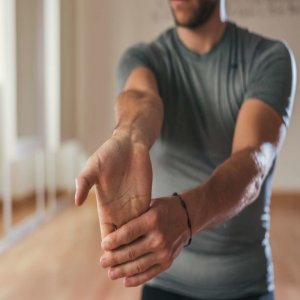
To do this stretch:
- Stretch your arm towards the outside in front of you.
- Gently, point the fingers towards the ground until you feel a stretch.
- Use the other hand to gently pull the raised hand in the direction of your body.
- maintain this position for two to four seconds. Take the fingers toward the ceiling until you feel a stretch.
- Use the other hand to slightly pull the raised hand towards the body.
- maintain this position for four to five seconds.
- Repeat this three times.
Prayer position

To do this stretch:
- Sit with your elbows on the table and both palms together in a prayer position.
- Take the hands towards the downward side of the table until you feel a stretch.
- Keep your palms together.
- Hold this position for three to seven seconds.
- Relax.
- Repeat this four times.
Hooked stretch
To do this stretch:
- Hook one elbow under the other and pull both arms towards the center of the trunk.
- You should feel gentle a stretch in your shoulders.
- Wrap one arm around the other so that the palms are touching.
- Hold the position for twenty seconds.
- Lock the arms and repeat it on the other side.
Finger stretch
To do this stretch:
- Start with your arm upward side beside your head, with your hand open.
- Make a fist, and take your thumb outside of it.
- Glide your fingers toward your wrist until you feel a stretch.
Fist-opener
To do this stretch:
- Make a fist and maintain it in front of you.
- Stretching your fingers until your hand is open and flat with the fingers together.
- Repeat the movements ten times.
Sponge-squeeze

To do this stretch:
- Make a fist and squeeze a sponge ball.
- maintain this position for twenty seconds.
- Relax.
- Repeat this ten times.
Windshield wiper wrist movement
To do this stretch:
- Start with your hand facing downward on a table.
- Smoothly, point the hand to one side as long as it can go without moving the wrist.
- Hold it for three to seven seconds.
- Do the same on the other side.
- Repeat the movement four times on each side.
Thumb pull
To do this stretch:
- Grab your thumb with the other hand. Gently pull the thumb backward, away from the hand.
- Hold the stretch for twenty seconds.
- Repeat it on the other thumb.
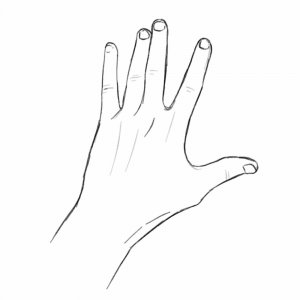
Alternate finger stretch
To do this stretch:
- Take the ring and middle fingers together.
- Separate the index and pinky fingers from them.
- Repeat the stretch ten times.
Clenched fists
To do this stretching:
- Take a sitting position and put your forearms on your thighs with palms facing upward.
- Close your hands to make a fist.
- Avoid tight clenching. Now take your fists towards your body, bending your wrists while your forearms touching to your legs.
- Maintain that position for ten seconds and lower the fists, open up your fingers.
- Repeat this ten times.
Wrist-strengthener
To do this stretch
- Get into position on your hands and knees, with the fingers pointing towards your body.
- slightly, lean forward, keeping your elbows straight. Hold the position for twenty seconds.
- Relax, then repeat the stretch four times.
Wrist Flexor Stretch

- How to do it?
- Perform with your arms out in front of you and make a fist with your hands
- .Open both of your hands as if you were pushing on a wall in front of you.
- Take your right hand and pull the fingers back on your left hand and hold for ten seconds
- .Repeat on your other hand. Repeat four times on each hand.

Wrist extension and flexion
How to do it?
- You have to sit on the chair with your forearm and put on the table with a rolled-up towel to stabilize your hand hanging off the edge of the table, palm facing the ground side.
- Move your hand up towards the ceiling until you feel a slight stretch in your wrist flexors, then return to the initial position.
- Repeat this same maneuver with the elbow at your side, palm facing to the ceiling.
- Now move your wrist towards the ceiling, until you feel a slight stretch.
- Gently return to the initial position.
- Do this for 30 to 40 repetitions.
Wrist supination/pronation
How to do it?
- You have to sit on a chair or stand with your arm at the side with the elbow flexion up to 90 degrees, palm facing downward side.
- Then rotate your forearm, so that your palm faces the ceiling side and it will go in direction of the ground side.
- Do this for 30 to 40 repetitions.
Hand mobility exercise
- You have to sit on a chair or stand with your arm at the side with the elbow flexed up to ninety degrees, palm facing downward.
- Then perform rotation of your forearm, so that your palm facing towards the upward side will go downward.
- Do this for 30 to 40 repetitions.
Wrist ulnar/radial deviation
How to do it?
- You have to sit on the chair with your forearm put on a table with a roundup towel for padding or put on your knee, thumb towards the ceiling side.
- Take your wrist up towards the sky and downwards towards the ground with a full range of movement.
- Do this for 30 to 40 repetitions.
Thumb flexion/extension movement
How to do it?
- you have to sit on a chair or hand with both the shoulder apart.
- Initially, the thumb is positioned outward.
- Move your thumb towards the palm and return to the starting position.
- Doing this for 30 to 40 repetitions.
Hand/finger tendon glide
How to do it?
- You have to sit on a chair or stand with shoulder feet width apart, to get the starting position your fingers should be straight out.
- Make a hook fist, and return to a straight hand.
- Then make a full fist; return to a straight hand.
- Then make a straight fist and return to an extended hand.
- Do this for 30 to 40 repetitions.
When you do not do wrist exercise?
- If you feel intense pain during this exercise.
- If you have a fracture of the hand and arm.
- If your doctor advice to take a rest.
- If exercise is painful or exercises increase the pain you should consult Physiotherapist before starting exercise.
How to prevent wrist pain?
- Build bone strength. Getting adequate amounts of calcium — 1,000 milligrams per day for most adults and at least 1,200 milligrams a day for women over age 50, — can help to prevent fractures.
- Prevent falls. Falling forward onto an outstretched hand is the cause of most wrist injuries. To help prevent falls, wear sensible shoes.
- Remove home hazards. Light up your living space. And add grab bars in your bathroom and handrails on the stairways, if required.
- Use protective gear for athletic activities. Wear wrist guards for more-risk activities, such as snowboarding, football, and rollerblading.
- Pay attention to ergonomics. If you spend more time at a keyboard, take frequent breaks.
- During typing, keep your wrist in a relaxed, neutral position. An ergonomic keyboard and foam or gel wrist support may be required.
Lifestyle and home remedies
Wrist pain doesn’t always need medical treatment. For a minor wrist injury, apply an ice pack and wrap an elastic bandage surrounding your wrist for support.
Use RICE protocol: Rest,ice,compression,elevation.

